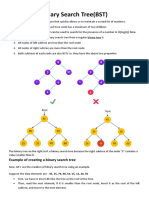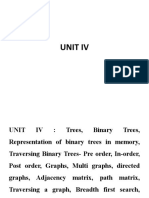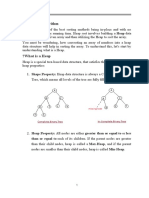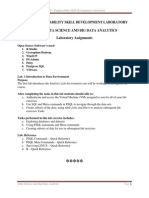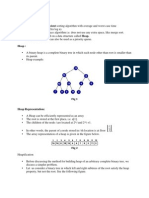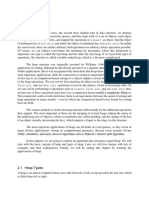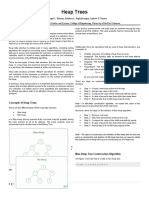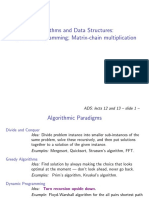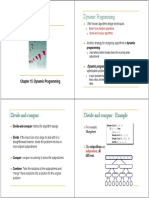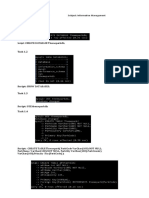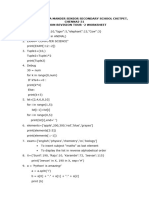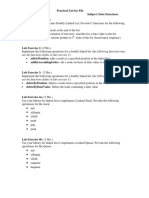100% found this document useful (2 votes)
914 views19 pagesHeap Data Structure
The document discusses heap data structures and binary heaps. It defines heaps as specialized data structures with special ordering and structural properties. Binary heaps are nearly complete binary trees where the ordering property defines max and min heaps based on whether each node's value is greater than or less than its children. Binary heaps can be represented as arrays, and operations like finding the maximum/minimum, insertion, and deletion are described along with examples.
Uploaded by
nehruCopyright
© © All Rights Reserved
We take content rights seriously. If you suspect this is your content, claim it here.
Available Formats
Download as PDF, TXT or read online on Scribd
100% found this document useful (2 votes)
914 views19 pagesHeap Data Structure
The document discusses heap data structures and binary heaps. It defines heaps as specialized data structures with special ordering and structural properties. Binary heaps are nearly complete binary trees where the ordering property defines max and min heaps based on whether each node's value is greater than or less than its children. Binary heaps can be represented as arrays, and operations like finding the maximum/minimum, insertion, and deletion are described along with examples.
Uploaded by
nehruCopyright
© © All Rights Reserved
We take content rights seriously. If you suspect this is your content, claim it here.
Available Formats
Download as PDF, TXT or read online on Scribd
/ 19
